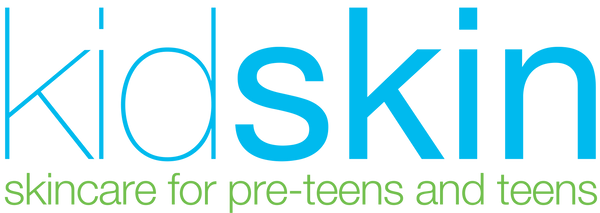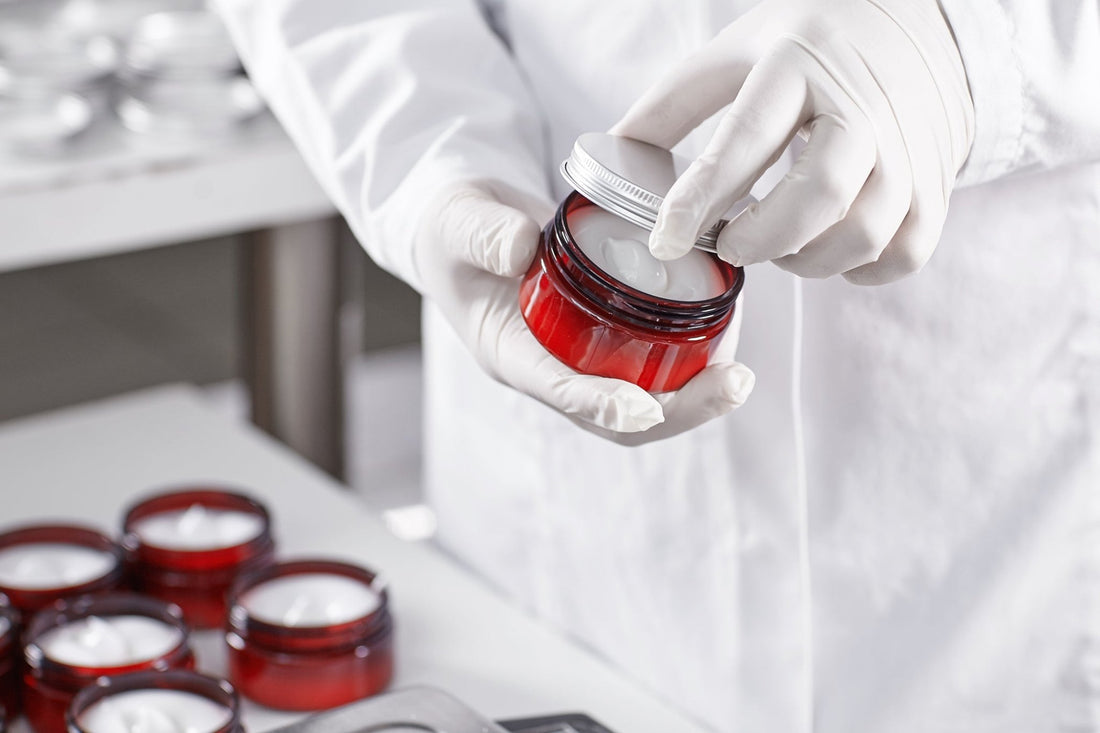Navigating the world of acne treatments can be overwhelming for teens and their parents. This blog post aims to compare the pros and cons of natural remedies and clinical treatments for teen acne, providing valuable insights for informed decision-making.
Understanding Teen Acne Before diving into treatment options, it's important to understand what causes teen acne. According to the American Academy of Dermatology (AAD), acne in teens is primarily caused by hormonal changes that increase oil production, leading to clogged pores and breakouts.
Natural Remedies for Acne
Pros of Natural Remedies
Gentleness: Natural remedies are often gentler on the skin. Ingredients like tea tree oil and aloe vera can reduce inflammation without harsh effects.Accessibility: Many natural remedies can be made from household ingredients or found easily in health stores.
Holistic Approach: Natural treatments can be part of a holistic approach to health, emphasizing overall well-being.
Cons of Natural Remedies
Less Potency: Some may find natural remedies less effective, especially for severe acne.Lack of Research: There's less scientific research backing the efficacy of natural remedies compared to clinical treatments.
Allergic Reactions: Natural doesn't always mean safe. Some ingredients can cause allergic reactions or irritation.
Clinical Treatments for Acne
Pros of Clinical Treatments
Proven Effectiveness: Clinical treatments like retinoids, benzoyl peroxide, and antibiotics have been scientifically proven to be effective in treating acne.Faster Results: These treatments can often provide quicker results compared to natural remedies.
Professional Supervision: Clinical treatments usually involve supervision by a dermatologist, ensuring safety and proper use.
Cons of Clinical Treatments
Potential Side Effects: Some acne medications can have side effects, ranging from mild (like dryness) to more severe.Cost: Prescription treatments can be more expensive, especially if not covered by insurance.
Resistance: Long-term use of antibiotics can lead to antibiotic resistance.
Comparing the Two Approaches
Effectiveness: Clinical treatments are generally more effective for moderate to severe acne. However, for mild acne, natural remedies might be sufficient.
Skin Sensitivity: For those with sensitive skin, natural remedies might be more suitable, as they are less likely to cause irritation.
Long-Term Use: Natural remedies can generally be used for a longer period without the risks associated with some clinical treatments.
Consultation with Dermatologist: Regardless of the chosen path, consulting with a dermatologist is crucial. Websites like the AAD offer resources for finding a dermatologist.
Lifestyle and Dietary Considerations
In addition to topical treatments, lifestyle and diet play a significant role in skin health. The National Institutes of Health (NIH) provides information on how diet and lifestyle can impact acne.
Incorporating Natural Remedies in Clinical Treatment Plans
Blending natural remedies with clinical treatments can be effective. For example, using a natural moisturizer with a prescription acne cream can balance efficacy with gentleness.
Choosing between natural remedies and clinical treatments for teen acne depends on the severity of the acne, skin type, and personal preferences. It's important to educate oneself on the options available and consult with a healthcare professional before starting any treatment. By understanding the pros and cons of each approach, teens and parents can make more informed decisions for effective acne management.

